The Gift of South Dakota
Subscriptions to South Dakota Magazine make great gifts!
Subscribe today — 1 year (6 issues) is just $29!
Ten Outdoor Adventures in South Dakota
Where do your outdoor skills and experiences rank in the wild woods, waters and prairies of South Dakota? Do you know the lay of the land? Can you find wild mushrooms? Have you ever seen a gray kneebobber, or the holey rocks of Roberts County? Here are 10 popular activities to help you break the cabin fever of a long winter and enjoy the South Dakota outdoors.
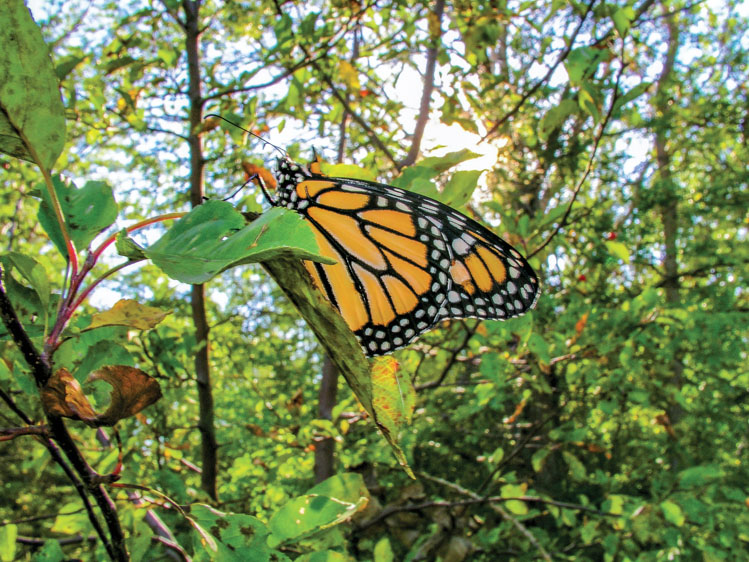 |
1. BEFRIEND THE MONARCH
Monarch butterflies rank among South Dakota’s most interesting creatures. A butterfly typically hatches here in August, and then as autumn arrives it flies 2,500 miles southward to the Oyamel fir forests where it will hibernate through the winter, often in the same trees as its ancestors. When it reawakens and flies north in the spring it lays eggs, which dramatically shortens its lifespan. Soon it dies. The process repeats itself as the butterflies travel northward. Monarchs that arrive in South Dakota around Mother’s Day are the fourth-generation descendants of those that departed the previous fall.
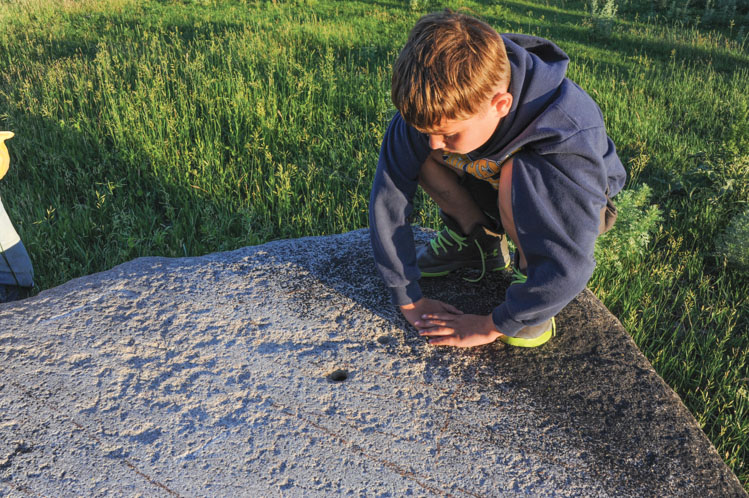 |
2. PONDER THE HOLEY ROCKS
One of South Dakota’s great and unresolved mysteries is the “holey rocks” of Roberts County. All of northeast South Dakota is rocky, thanks to glaciers that brought the rocks here 10,000-plus years ago. Some of the biggest boulders have holes about as wide as a quarter. A geologic detective documented 57 such stones in the early years of the 21st century, though there are probably many more. They are not limited to Roberts County. Some have also been discovered in Minnesota and other northern states. One theory is that the stone holes were chiseled as guideposts by Viking explorers who traveled here from Hudson Bay in medieval times, although it requires a rewrite of immigration history.
 |
3. HIKE BUFFALO TRAILS
First, let’s be very clear. We are not suggesting that any of our paying readers should ever intentionally walk near a wild buffalo — unless they can run faster than a horse (because a buffalo can). The big brown galoots have been clocked at 40 mph. Still, it’s a fact that some very cool outdoor trails exist on popular buffalo reserves. Samuel G. Ordway Nature Preserve in northern South Dakota has hiking trails and a buffalo herd, but there’s a fence in between. Wind Cave in the southern Black Hills has 30 miles of hiking trails, and you share the terrain with a herd of 400 bison. Badlands National Park has an “open hike” policy, and that goes for humans and the park’s buffalo so it’s up to the former to be smart. They say if the buffalo notices you then you’re too close … and it may be too late.
 |
4. MUSHROOM HUNTING
South Dakota has many edible mushrooms, but the morel is king. Though the season changes throughout the state, morels are usually found from early April to early May. The best habitat is a moist forest floor, especially near rivers, lakes and swamps. Morels, which only grow in the wild, are difficult to find because they blend into spring’s grassy-brown environment. Look for yellow or tan mushrooms with spongy caps but beware of the false “brain” mushroom. It is toxic. True morels have a honeycomb cap and hollow stems, while false morels are solid. Don’t pull a morel from the ground because it is connected by a hypha to other mushrooms that may soon emerge. Just snip or pinch.
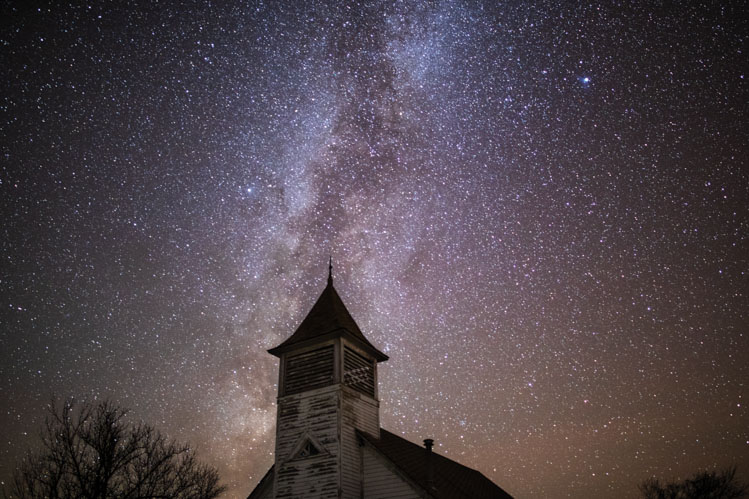 |
5. STARGAZING
South Dakota has less light pollution than most states, so we should all be amateur stargazers. Badlands National Park is the most enchanting place to watch the stars; park officials offer a Night Sky Program on weekend evenings through the summer. However, rural areas across the state — even in more populated East River — are conducive to seeing the Milky Way and other mysteries of the heavens.
 |
6. GROW A TREE
Statistically-speaking, South Dakota is 4 percent forested. The trouble with statistics is that 99 percent of our approximately 601 million trees are in the Black Hills. Much of our prairie country looks like the aftermath of an immensely successful deforestation program. It’s not that South Dakotans aren’t trying. We once visited a West River ranch and saw a spindly elm tree trying to grow from a crack along the concrete foundation of small barn. “Shouldn’t we pull that out before it widens the crack?” asked our writer. The rancher was horrified. “I’d move the barn before I’d kill that tree!” he exclaimed. Want to do something good for South Dakota’s outdoors? Go plant a tree (or at least leave them alone).
 |
7. PASQUE WATCH
South Dakota’s state flower is the prairie pasque, Pulsatilla patens, a tough and dainty flower that blooms briefly at the first sign of spring. Though it grows throughout the state, many South Dakotans have not seen one in the wild because it blooms so briefly and because it survives best in rugged, natural terrain. The best habitat is north-facing slopes, and the ideal time is just as the snow melts in early April. Finding a patch is a visual treat. For a real challenge, try transplanting a pasque to your garden. Its long roots, developed to survive drought, make it nigh impossible. You’ll have better luck harvesting its seeds, though even that is difficult. It is truly a wild flower, a fitting symbol of springtime in South Dakota.
 |
8. SPOT THE DIPPER
Thirty years ago, a Minnesota birdwatcher alerted South Dakota Magazine that while fishing on Little Spearfish Creek he witnessed a slate-colored bird that could walk under water. He said he reported it at the nearest pool hall, where everyone laughed at his story. They called it a gray kneebobber. “Probably huntin’ for mountain oysters,” laughed one of the locals. Our Minnesota reader later discovered that it was the endangered American dipper, and fortunately the aquatic songbird can still be found in Spearfish and Whitewood creeks in the Northern Hills. Have you seen a dipper and been reluctant to tell anyone for fear of ridicule?
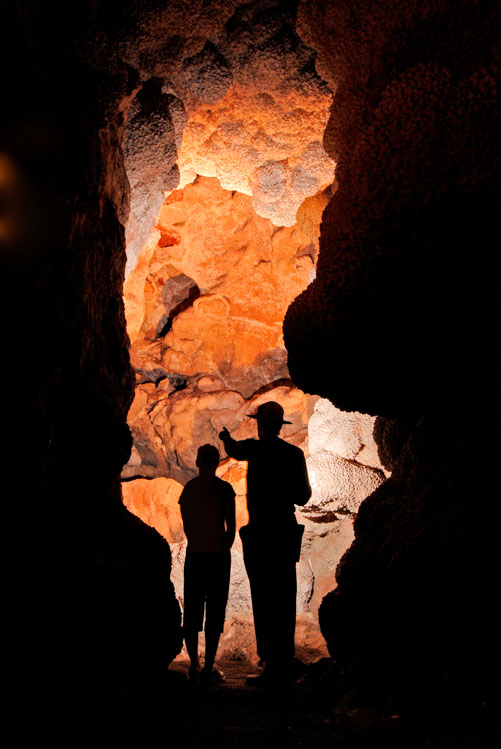 |
9. TRY SPELUNKING
Even though the Black Hills is home to more than 100 known caves, including several of the world’s longest, spelunking hasn’t caught on like downhill skiing, pheasant hunting or even watching paint dry. Something about the fear of crawling on your belly in the dark through tight canyons shared by bats doesn’t resonate with the outdoors crowd. But add the experience to your bucket list. Wind Cave and Jewel Cave are run by the National Park Service and offer fascinating guided tours, as do several private caves. The names of the passages in Jewel Cave suggest what you’re missing: the Promised Land, the Mind Blower, Boondocks, Wildflower Walk and Spooky Hollow.
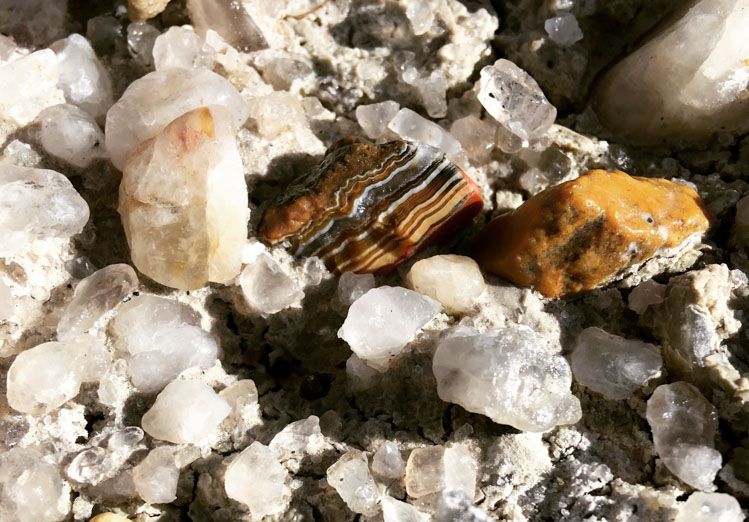 |
10. FIND A FAIRBURN AGATE
South Dakota is heaven for rockhounds, and the Fairburn agate is prized. The state’s official gemstone was first hunted in the moon-like Kern agate beds east of Fairburn in Custer County, but it can also be found in Teepee Canyon west of Custer and elsewhere West River. People have even discovered them mixed with landscape rock and fill material taken from pits near the Cheyenne River. Serious rock hunters have spent days and even weeks searching for Fairburns with no luck, so consider yourself fortunate if you spot even one.
Editor’s Note: This story is revised from the “South Dakota Outdoor Challenge,” which appeared in the March/April 2023 issue of South Dakota Magazine. To order a copy or to subscribe, call (800) 456-5117.


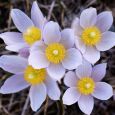
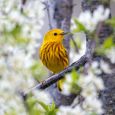
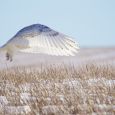


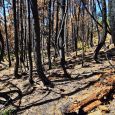


Comments